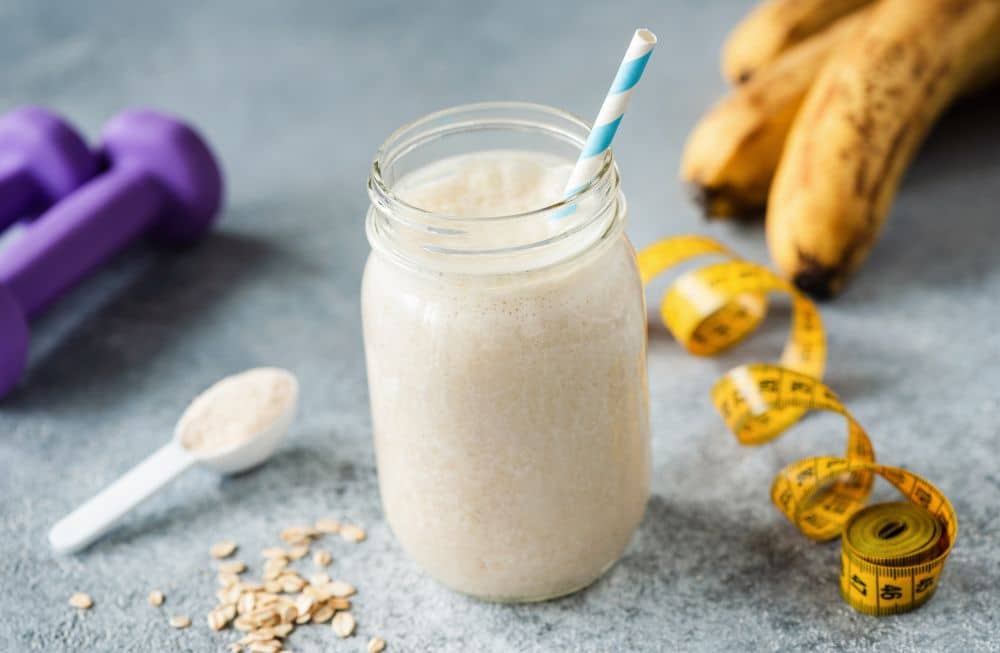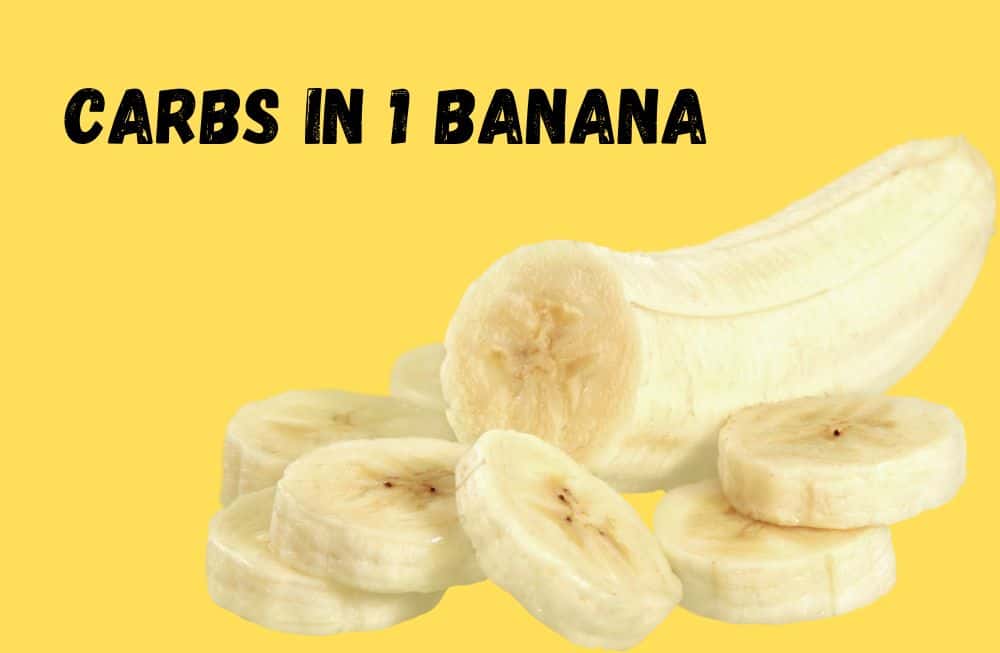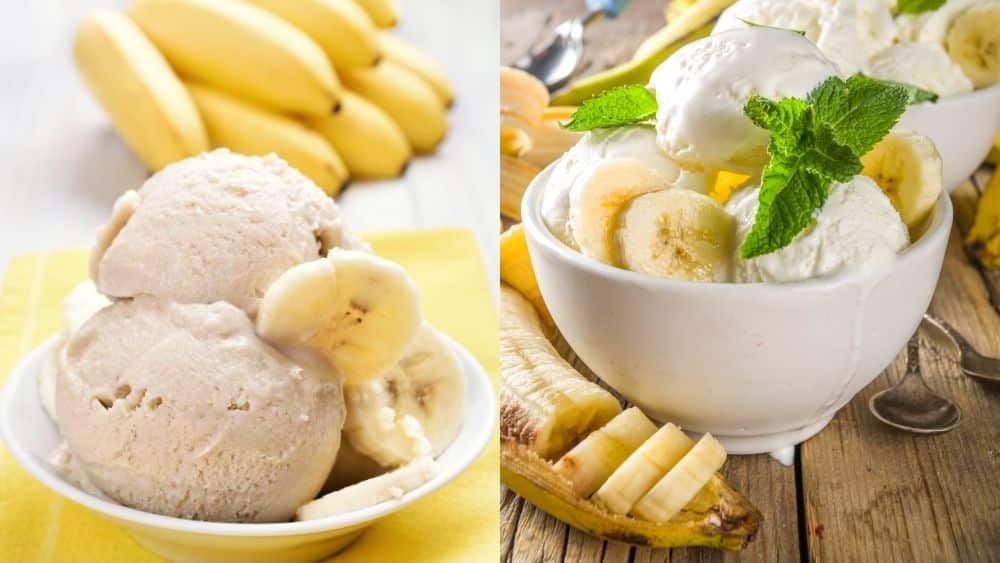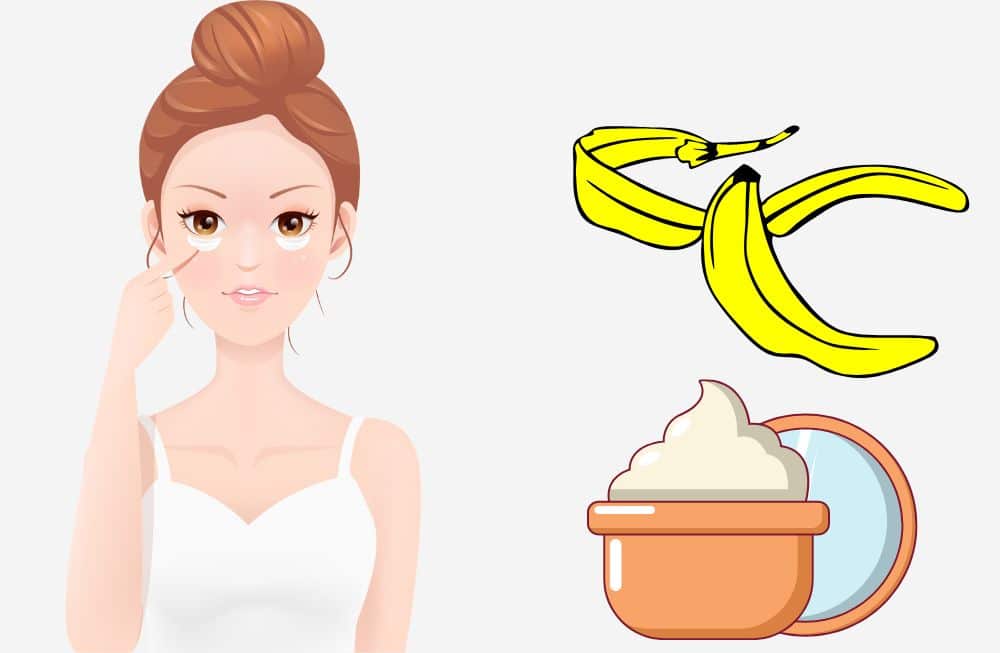Discover the unique flavors and varieties of exotic bananas from around the world. From the red banana to the ice cream banana, learn about their taste, nutritional value, and how to incorporate them into your cooking.
Bananas are a staple fruit in many households around the world, but have you ever tried an exotic banana? These unique varieties offer a range of flavors and textures that are sure to excite the taste buds of even the most experienced fruit connoisseur. In this guide, we’ll explore the world of exotic bananas and discover the unique characteristics of each variety.
Varieties of Exotic Bananas
Red Banana: The red banana is a sweeter, creamier version of the traditional yellow banana. It has reddish-purple skin and a slightly softer texture than the yellow banana. This variety is often used in baking and smoothies.
Ice Cream Banana: As the name suggests, the ice cream banana has a creamy, vanilla-like flavor. This banana is a hybrid of the Cavendish and Gros Michel varieties and is often used in desserts.
Baby Banana: The baby banana is a small, sweeter version of the traditional banana. It has a thin, yellow skin and is often used in fruit salads or as a snack.
Gros Michel Banana: The Gros Michel banana is a sweeter, less common variety of banana. It was once the main type of banana exported from Central and South America but it’s now largely replaced by the Cavendish banana.
Plantain: Plantains are a type of banana that are typically larger and starchier than the traditional banana. They are often used in cooking and are a staple food in many parts of Africa, Latin America, and the Caribbean.
Taste and Nutritional Value
Exotic bananas offer a wider range of flavors than traditional bananas. While traditional bananas are often described as having a “banana” flavor, exotic bananas can have flavors ranging from sweet and creamy to nutty and earthy.
Additionally, each variety of exotic bananas has its own unique nutritional value. For example, red bananas are a good source of vitamin C, while plantains are a good source of potassium.
Red Banana (120g)
Red bananas are a good source of vitamin C, potassium, dietary fiber, and vitamin B6. They also contain small amounts of other vitamins and minerals such as vitamin A, magnesium, and iron.

Ice Cream Banana (120g)
It’s important to note that although these bananas may have a similar taste to ice cream, they do not have the same nutritional content. They contain a good amount of vitamin C, potassium, vitamin B6 and small amounts of other vitamins and minerals.

Baby Banana (80g)
Baby bananas, also known as finger bananas or ladyfingers, are a smaller, sweeter variety of bananas that are often fed to infants and young children. They are a good source of potassium, vitamin C, vitamin B6, and dietary fiber. They are also relatively low in calories and fat.

Gros Michel Banana (120g)
The Gros Michel banana, also known as the “Big Mike,” was a popular variety of bananas prior to the 1950s. However, it was largely replaced by the Cavendish banana due to its susceptibility to a fungus called Panama disease.
Nutritional information for the Gros Michel banana is not widely available, but it is likely similar to that of the Cavendish banana, which is a good source of potassium, vitamin B6, and dietary fiber. They also contain small amounts of vitamin C and other essential minerals. Bananas are also a good source of carbohydrates, which provide energy to the body.

Plantain (150g)
Plantains are a good source of dietary fiber, which can promote healthy digestion and help regulate blood sugar levels. They are also a good source of potassium, which is important for maintaining healthy blood pressure and heart function. Plantains also contain small amounts of other essential minerals like vitamin C, vitamin A, and magnesium.
In terms of macronutrients, Plantains are composed mainly of carbohydrates, especially complex carbohydrates, which provide a steady source of energy. They also contain small amounts of fat and protein. Plantains are low in calories, making them a good option for people watching their weight.

Cooking with Exotic Bananas
Cooking with exotic bananas refers to using different varieties of bananas in culinary dishes. Unlike traditional yellow bananas, exotic bananas have unique flavors and textures that can add a new dimension to a dish.
They can be used in both sweet and savory dishes and can be prepared in a variety of ways such as grilling, frying, baking, and mashing.
For example, red bananas can be used in baking to add a sweeter and creamier taste, while plantains can be fried and added to soups or stews.
Ice cream bananas can be blended into smoothies or frozen and used as a base for ice cream. Baby bananas can be used as a garnish for a fruit salad or can be eaten as a snack.
Exotic bananas can be a versatile ingredient for those who want to explore new flavors and textures in their cooking.
Conclusion
Exotic bananas offer a unique and exciting experience for fruit lovers. They offer a wider range of flavors, textures and nutritional value than traditional bananas. Whether you’re looking to add some excitement to your fruit salad or want to incorporate them into your cooking, exotic bananas are a great choice. Next time you’re at the grocery store, don’t be afraid to branch out and try a new variety of banana!




![Sodium In Banana [ Nutritional Information & Health Benefits] 9 Sodium in Banana](https://phofbanana.com/wp-content/uploads/2022/07/Sodium-in-Banana.jpg)

